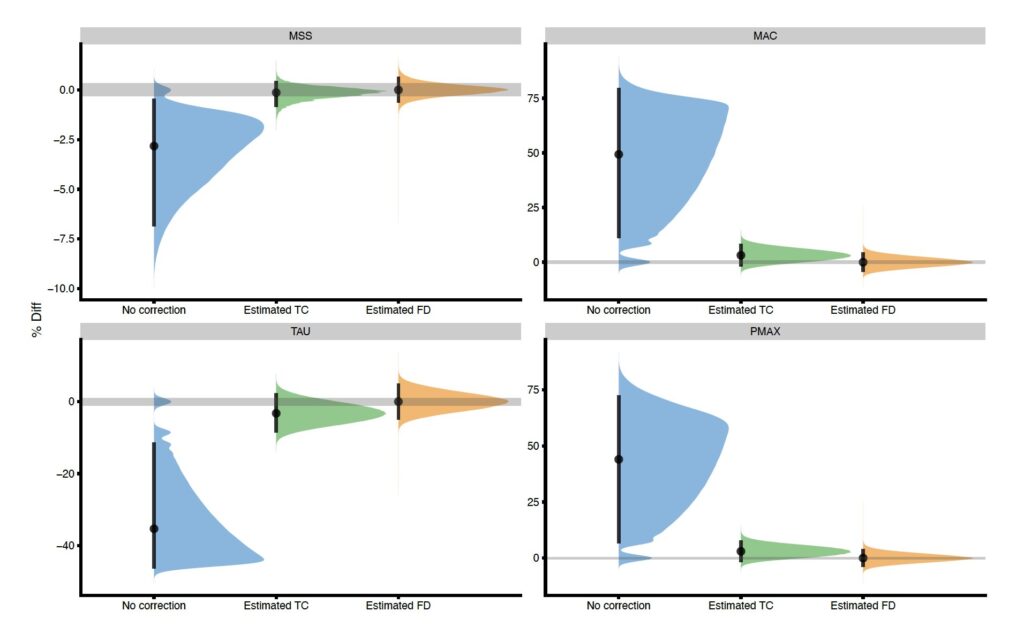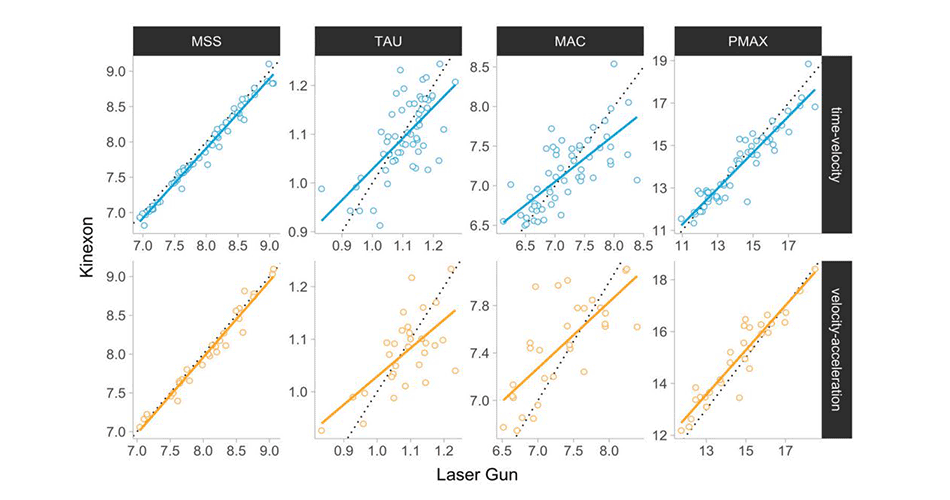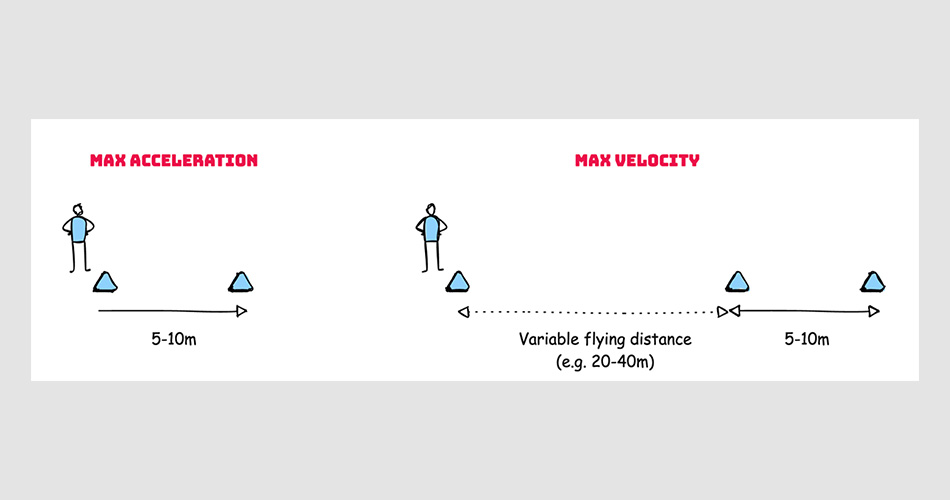New Open-Access Paper Published in Sensors Journal
We have just published an open-access paper in the Sensors journal regarding the effect of the flying start on the estimated short sprint parameters using timing gates. This is the third and final paper from my PhD project. What is novel about this paper is that we have compared the acceleration-velocity profile parameters (i.e., maximum-sprinting speed MSS and maximum-acceleration MAC) estimated using the timing gates, which served as the practical measure, against the laser gun, which served as the criterion measure. Multiple novel models were presented (i.e., estimated flying-distance model and time correction model), but unfortunately, we concluded that, given the athletes screened, timing gates, and protocols used, estimating maximum acceleration and its change using the timing gates is unreliable.
Abstract
Short sprints are predominantly assessed using timing gates and analyzed through parameters of the mono-exponential equation, including estimated maximal sprinting speed (MSS) and relative acceleration (TAU), derived maximum acceleration (MAC), and relative propulsive maximal power (PMAX), further referred to as the No Correction model. However, the frequently recommended flying start technique introduces a bias during parameter estimation. To correct this, two additional models (Estimated TC and Estimated FD) were proposed. To estimate model precision and sensitivity to detect the change, 31 basketball players executed multiple 30 m sprints. Athlete performance was simultaneously measured by a laser gun and timing gates positioned at 5, 10, 20, and 30 m. Short sprint parameters were estimated using a laser gun, representing the criterion measure, and five different timing gate models, representing the practical measures. Only the MSS parameter demonstrated a high agreement between the laser gun and timing gate models, using the percent mean absolute difference (%MAD
) estimator (%MAD < 10%). The MSS parameter also showed the highest sensitivity, using the minimum detectable change estimator (%MDC95), with an estimated %MDC95 < 17%. Interestingly, sensitivity was the highest for the No Correction model (%MDC95 < 7%). All other parameters and models demonstrated an unsatisfying level of sensitivity. Thus, sports practitioners should be cautious when using timing gates to estimate maximum acceleration indices and changes in their respective levels.
Here is the link to the full paper: https://doi.org/10.3390/s24092894











Responses